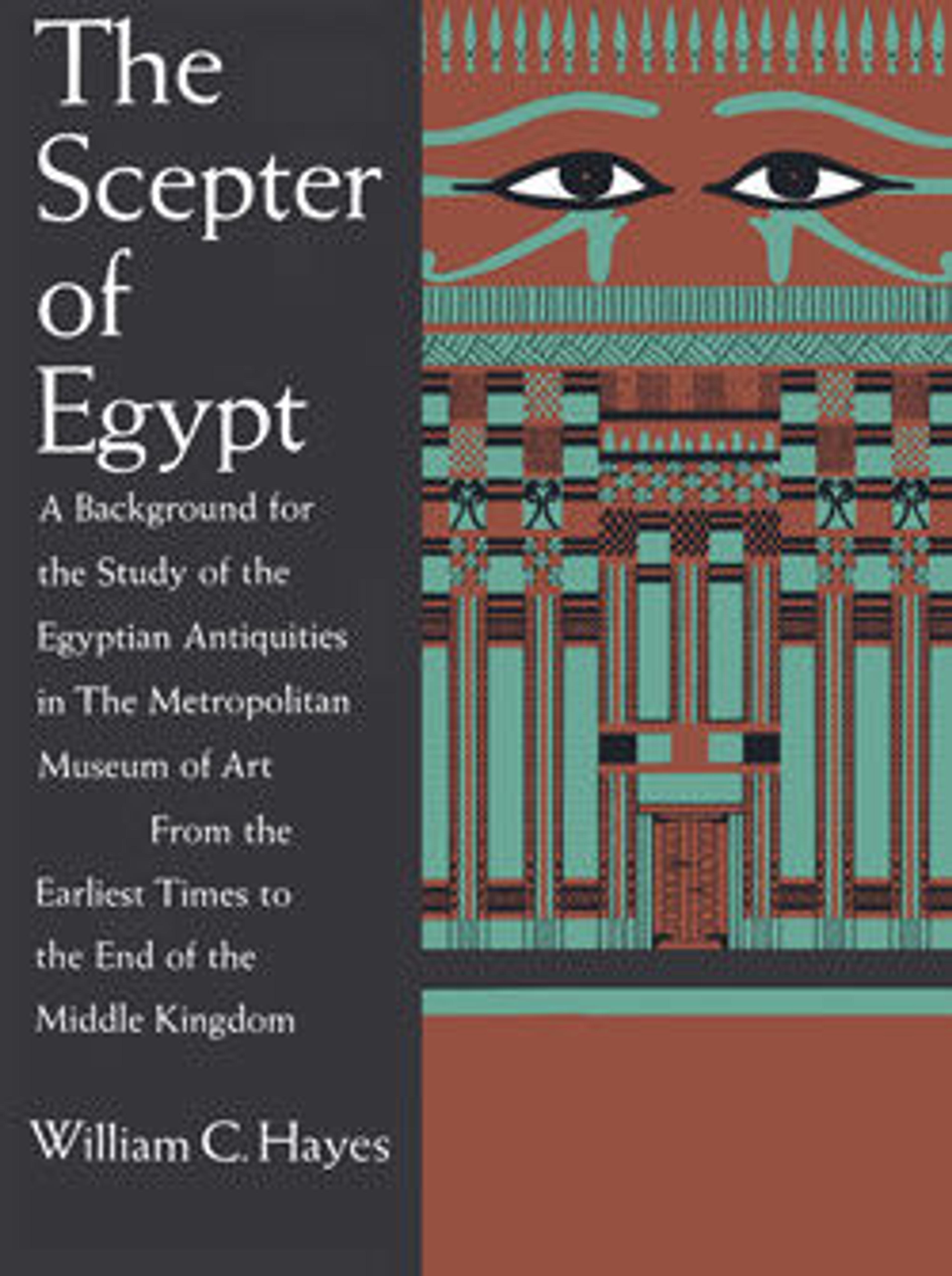Kitchen Tender being Rowed
Many outings of Egyptian nobles culminated in a picnic. On the menu for Meketre's boat trip were roasted fowl, dried beef, bread, beer, and some kind of soup. Meat and bread were carried on another model of a tender, now in Cairo. Here, the beer is prepared and the soup cooked. A blackened trough may have contained burning coal for roasting the fowl. A man tends a stove on which soup simmers. On either side, a woman grinds grain. Brewers inside the cabin are shaping bread loaves, then working them through sieves into large vats. One brewer stands in another vat, where he tramples the dates that provide the sugar for the fermentation of the beer. The oars of this boat are fixed to the sides; to avoid damaging the oars while the boats were transported and deposited in the model chamber, all oars of Meketre's boats were secured in this manner.
Artwork Details
- Title: Kitchen Tender being Rowed
- Period: Middle Kingdom
- Dynasty: Dynasty 12
- Reign: reign of Amenemhat I, early
- Date: ca. 1981–1975 B.C.
- Geography: From Egypt, Upper Egypt, Thebes, Southern Asasif, Tomb of Meketre (TT 280, MMA 1101), MMA excavations, 1920
- Medium: Wood, paint, plaster, linen twine and cloth
- Dimensions: l. with rudder 147 cm (57 7/8 in); w. with oars 73 cm (28 3/4 in); h. 40 cm (15 3/4 in)
- Credit Line: Rogers Fund and Edward S. Harkness Gift, 1920
- Object Number: 20.3.3
- Curatorial Department: Egyptian Art
More Artwork
Research Resources
The Met provides unparalleled resources for research and welcomes an international community of students and scholars. The Met's Open Access API is where creators and researchers can connect to the The Met collection. Open Access data and public domain images are available for unrestricted commercial and noncommercial use without permission or fee.
To request images under copyright and other restrictions, please use this Image Request form.
Feedback
We continue to research and examine historical and cultural context for objects in The Met collection. If you have comments or questions about this object record, please contact us using the form below. The Museum looks forward to receiving your comments.
